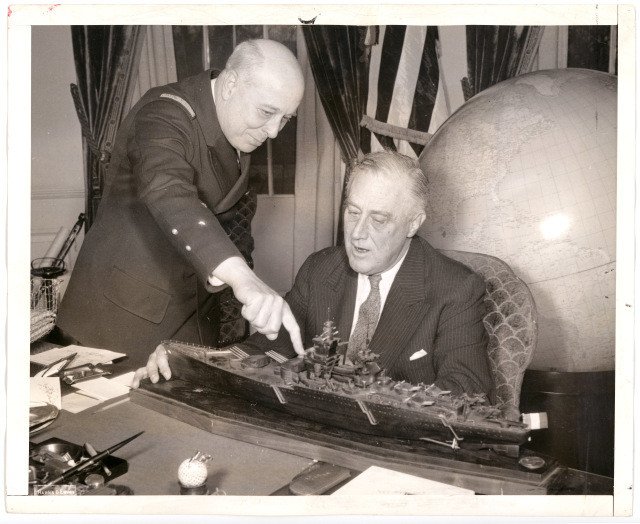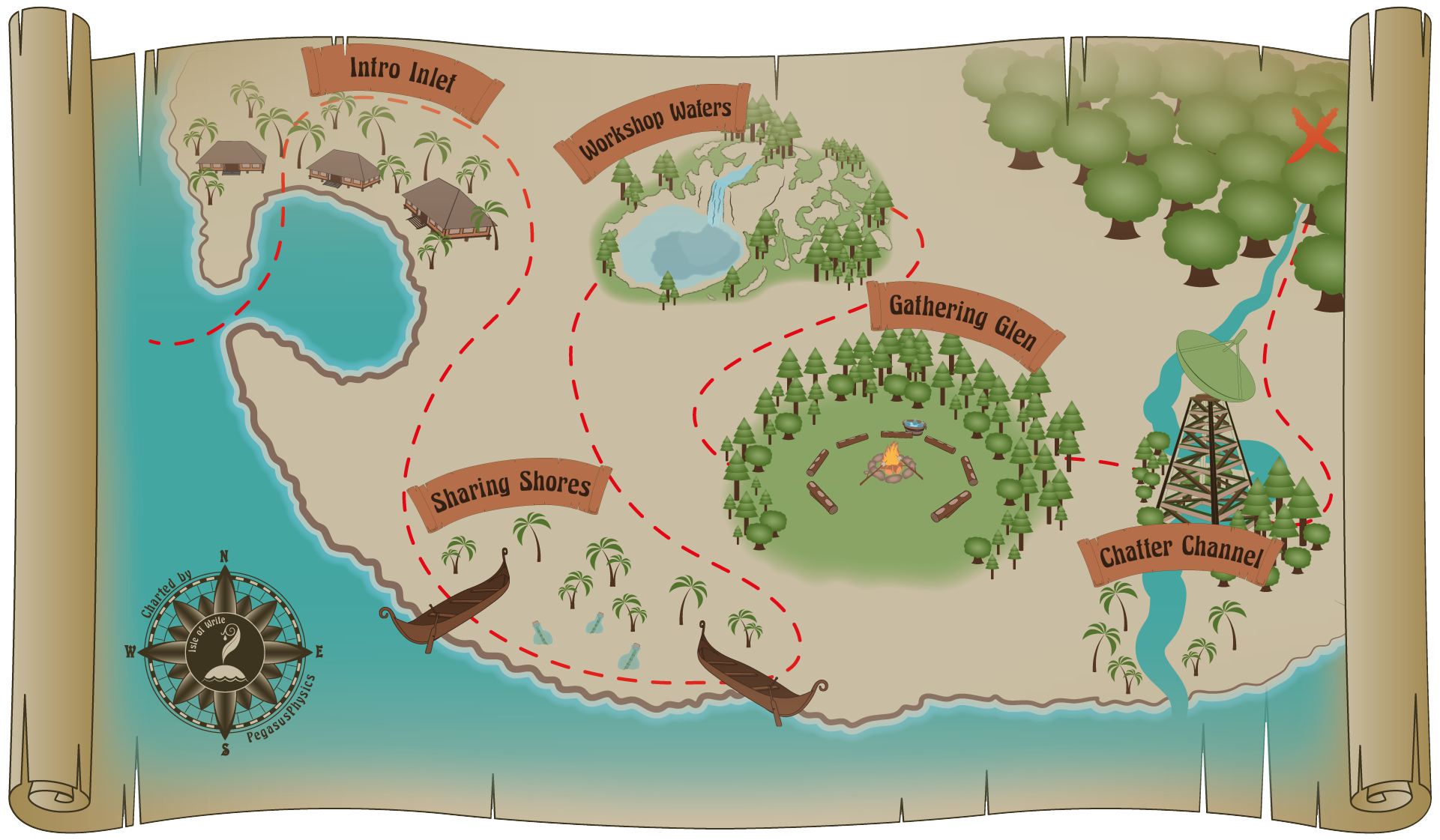
Part 1 | Part 2 | Part 3 | Part 4 | Part 5 | Part 6 | Part 7 | Part 8 | Part 9
In 1938, unemployment rose from 14% to 19% and it was pretty clear that the New Deal had failed to improve the economy. FDR wanted something new to spend money on. According to Cordell Hull, his Secretary of State, what the president decided to spend government money on next was “battleships.”
FDR had been assistant secretary of the Navy from 1913 to 1920. During World War I, which started in 1914, FDR had been in charge of contracting for the Navy, which meant he could commission ships and torpedoes to be built. The US wouldn't enter the war until 1917, but FDR was anxious to build up the Navy's power, and convinced the president at the time, Woodrow Wilson, to spend $600 million on a Navy expansion in 1915.

In 1938, now a president himself, he made similar plans. War seemed like a better way to boost consumption than domestic spending. Many things Americans bought weren't consumed very quickly, and weren't replaced very often. FDR needed a commodities that could be purchased, consumed, and purchased again in rapid succession. Vehicles and artillery for war would be literally blown up and needed to be replaced over and over.
This was the perfect spending plan for Keynesian economists, and in fact, spending on war has become known as Military Keynesianism.
FDR started a defense buildup for economic reasons. The close ties he created between the government and the private-sector defense industry is what we now refer to as the military-industrial complex (MIC). The MIC a corporatist system because it involves private corporations that are embedded in government, with defense industry employees regularly passing through Washington's “revolving door.” The MIC system still exists today and is considered necessary not only to maintain our defense against threats, but to maintain our national consumption through a permanent “war economy.”
But how did the government fund a war when its economy was so weak? One way was through raising taxes on its citizens. But the other way was to inflate the money supply and then issue war bonds.
Because the gold standard had been dropped, and there was no longer a rule that money needed to be constrained by the amount of gold backing it, the Federal Reserve was free to inflate the money supply and spend that money on battleships, armaments, munitions, and other war supplies. But printing all that new money is dangerous to the economy because, as we know, it lowers the value of the current dollars already in circulation. To correct for this, bonds were sold to Americans. That drew their existing money back into the government and took it out of circulation. Bonds allow the government to first print and inflate the money supply, and then pull it back again. (For a more detailed understanding of this process, you can search “open market operations.”)
Most people would argue against ongoing war as being wasteful, destructive, and expensive. They would argue against a permanent war economy as being unsustainable. But Americans no longer question the idea that we need an ongoing war economy for two reasons: 1) they believe we are constantly under foreign threat and 2) they believe the story that World War II pulled us out of the Great Depression.
So does all this spending on domestic programs and war really help the economy? Is it economically necessary to live in a state of overconsumption all the time? We'll explore that next time.
This article is one of a series I'm writing for the 30 Day Writing Challenge hosted by @dragosroua. If you want to join, write on a topic that interests you or that you'd like to learn more about and use the tag #challenge30days. As Dragos says, "The key word sequence here is: "write every day."

Think you'd like to wash up on our shore?
The treasure map will bring you right to our door!


